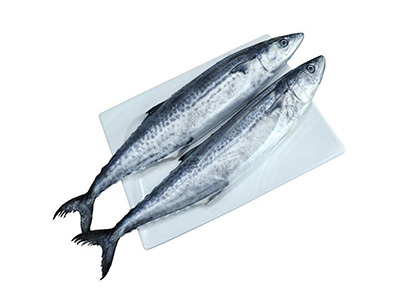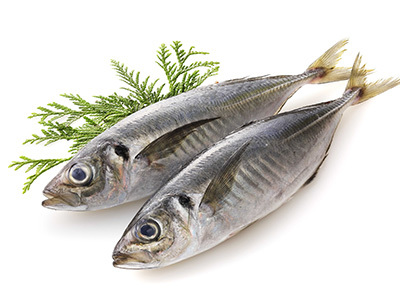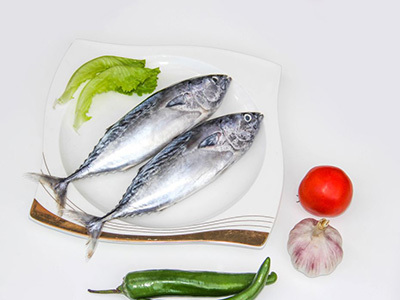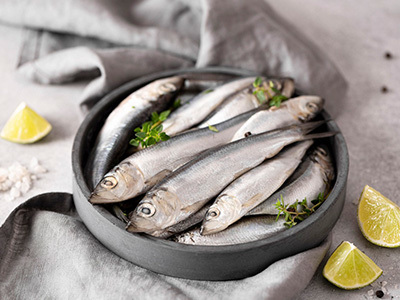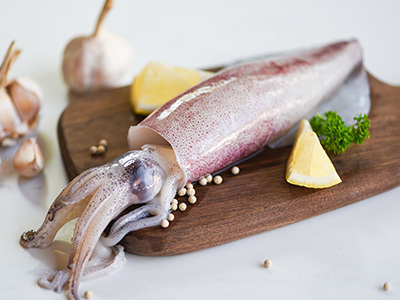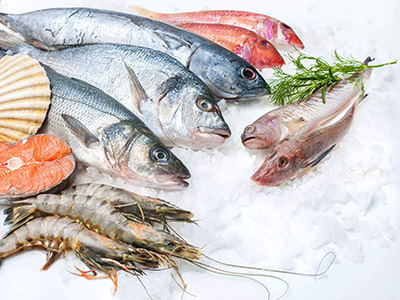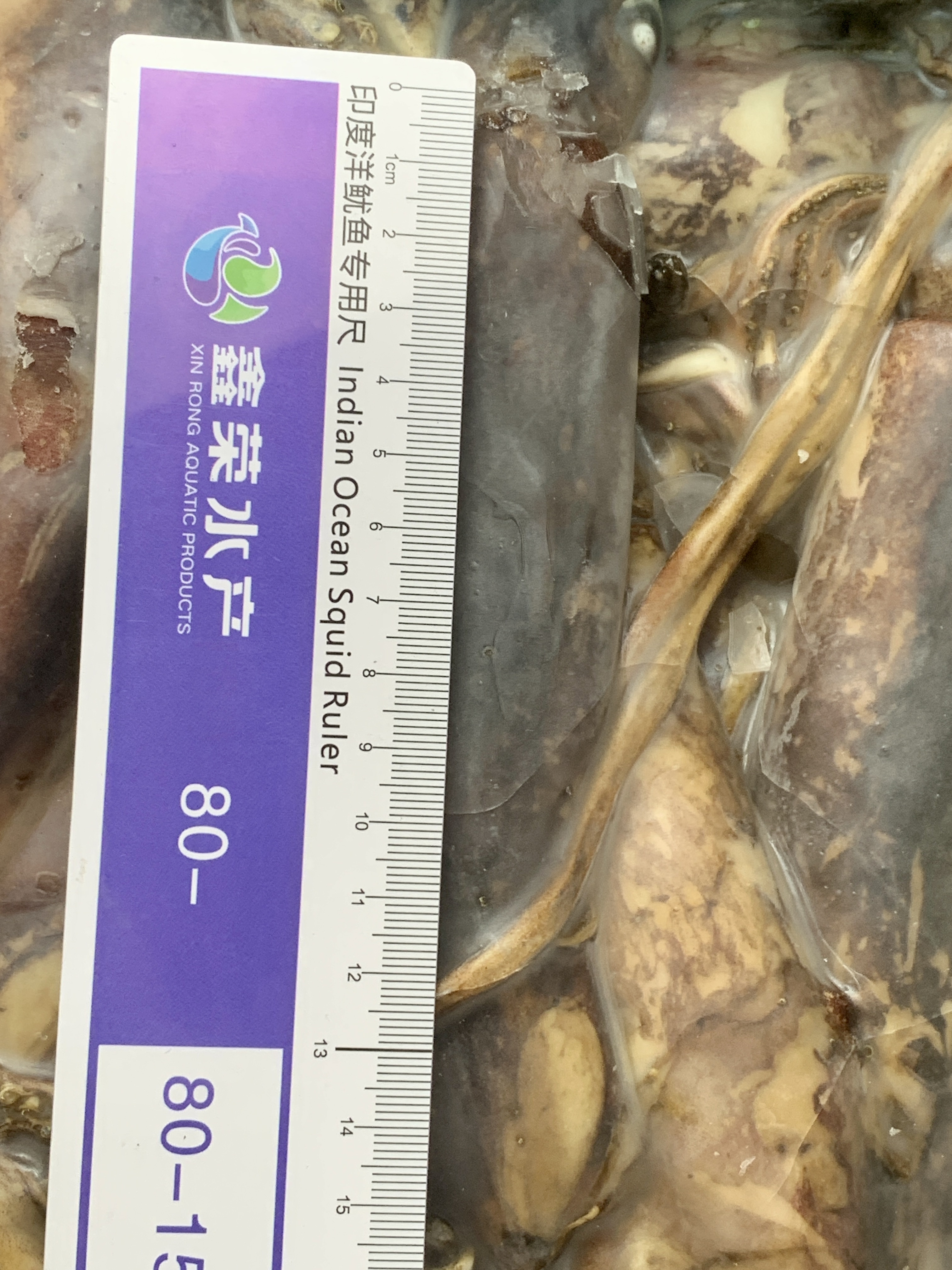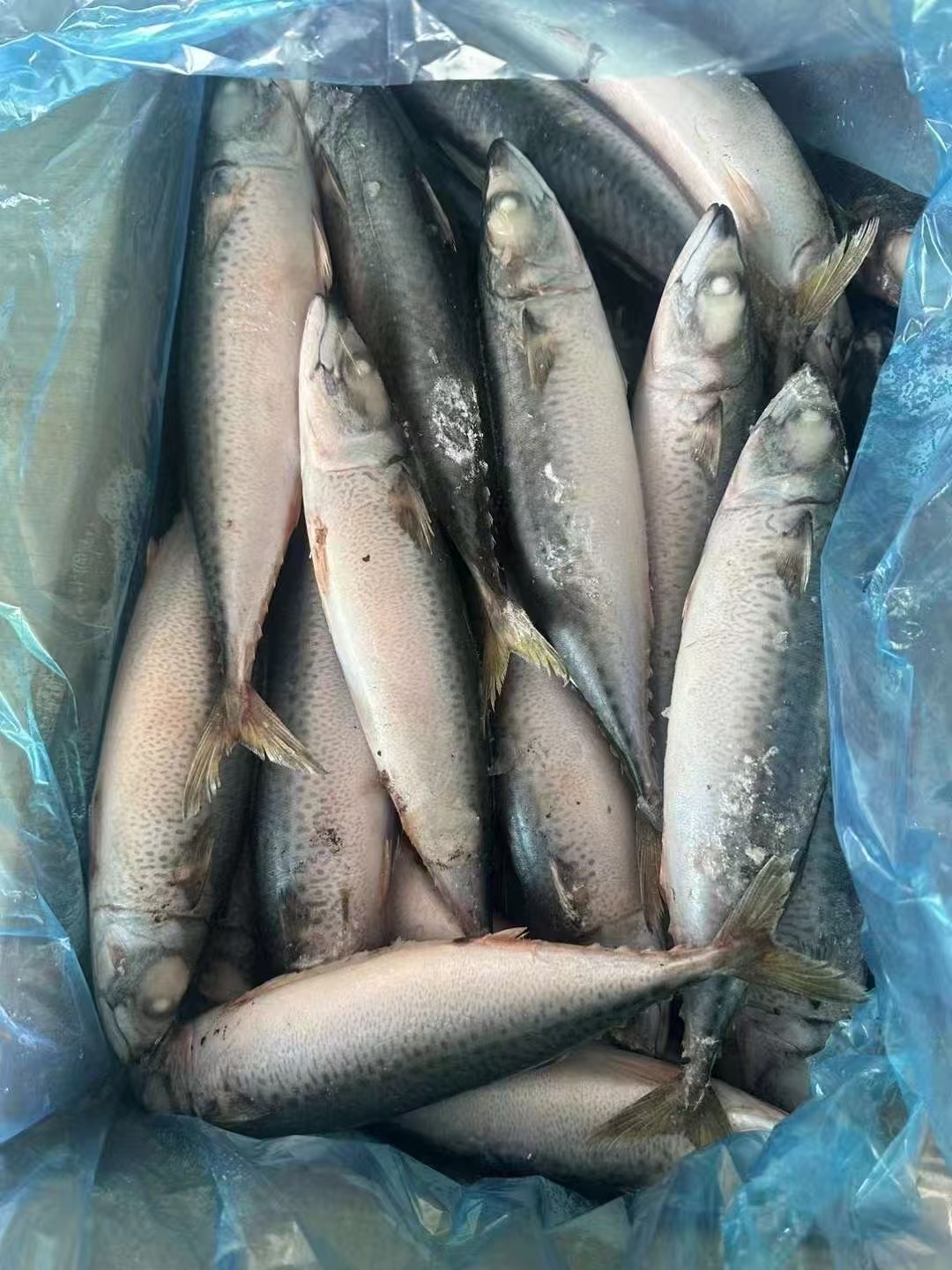No. 1 Haitu Road, Xiangzhi Town, Shishi City, Fujian Province China
Exploring the Versatility of Large Giant Squid Tentacles in Food Manufacturing
The large giant squid (Architeuthis dux) has captivated the culinary world with its unique texture and flavor profile.
Aug 18,2024
Exploring the Versatility of Large Giant Squid Tentacles in Food Manufacturing
Table of Contents
1. Introduction to Giant Squid in Food Manufacturing
2. Nutritional Benefits of Giant Squid Tentacles
3. Culinary Applications: How Tentacles are Used in Dishes
- 3.1 Preparation Techniques for Squid Tentacles
- 3.2 Popular Dishes Featuring Giant Squid Tentacles
4. Sustainable Practices in Harvesting Giant Squid
5. The Global Market for Giant Squid in Food Manufacturing
6. Future Trends in Using Giant Squid Tentacles
7. Challenges in Utilizing Giant Squid in Food Production
8. Conclusion
9. Frequently Asked Questions
Introduction to Giant Squid in Food Manufacturing
The large giant squid (Architeuthis dux) has captivated the culinary world with its unique texture and flavor profile. These creatures, often associated with oceanic myths and legends, are now being recognized for their potential in food manufacturing. The tentacles, in particular, are a versatile ingredient, offering a range of applications in various cuisines worldwide. In this article, we will explore the nutritional benefits of giant squid tentacles, their culinary applications, sustainability practices in harvesting them, and the challenges faced in the food manufacturing industry.
Nutritional Benefits of Giant Squid Tentacles
Giant squid tentacles are not only a delicacy but also a powerhouse of nutrition. Rich in protein, vitamins, and minerals, they provide numerous health benefits.
High Protein Content
One of the standout attributes of giant squid tentacles is their high protein content. With approximately 20 grams of protein per 100 grams, they are an excellent choice for those looking to increase their protein intake. This makes them an ideal ingredient for athletes and health-conscious individuals alike.
Low in Fat and Calories
For those monitoring their fat and calorie consumption, giant squid tentacles offer a low-fat alternative to traditional meat sources. With minimal saturated fat content, they can be enjoyed in various dishes without the guilt associated with other high-calorie proteins.
Rich in Nutrients
Giant squid tentacles are also rich in essential nutrients, including vitamin B12, selenium, and phosphorus. Vitamin B12 is vital for maintaining healthy nerve function and producing red blood cells. Selenium acts as an antioxidant, promoting overall health, while phosphorus is essential for maintaining strong bones and teeth.
Culinary Applications: How Tentacles are Used in Dishes
The culinary applications of giant squid tentacles are vast and varied, making them a popular choice among chefs and food manufacturers.
Preparation Techniques for Squid Tentacles
When it comes to preparing giant squid tentacles, chefs employ several techniques to enhance their flavor and texture. Common methods include grilling, frying, and braising. Each method brings out different characteristics of the squid, allowing for creativity in menu design.
- **Grilling:** Grilling squid tentacles over an open flame imparts a smoky flavor that pairs well with various marinades.
- **Frying:** Frying creates a crispy exterior while keeping the interior tender. This method is often used in popular street food dishes.
- **Braising:** For a more sophisticated approach, braising squid tentacles in rich sauces allows them to absorb flavors, resulting in a delectable dish.
Popular Dishes Featuring Giant Squid Tentacles
Giant squid tentacles have become a mainstay in many culinary traditions. Some popular dishes include:
- **Grilled Squid Skewers:** Often marinated in a blend of spices and herbs, these skewers are a favorite at summer barbecues.
- **Calamari:** A classic appetizer, calamari is typically breaded and fried, served with a side of marinara sauce.
- **Squid Ink Pasta:** The ink from giant squid is used to flavor and color pasta, adding a unique taste and aesthetic appeal to the dish.
Sustainable Practices in Harvesting Giant Squid
Sustainability is a critical consideration in the food manufacturing industry, particularly regarding seafood. The harvesting of giant squid must be conducted responsibly to ensure long-term availability and ecological balance.
Regulated Fishing Practices
To protect giant squid populations, many countries have implemented regulated fishing practices. These regulations often include limitations on catch sizes and fishing seasons, allowing squid populations to replenish.
Eco-Friendly Processing Techniques
Food manufacturers are increasingly adopting eco-friendly processing techniques to minimize waste and reduce their environmental impact. This includes utilizing by-products from squid processing to create other food items, thereby promoting sustainability.
The Global Market for Giant Squid in Food Manufacturing
The demand for giant squid tentacles continues to grow globally, driven by culinary trends and consumer interest in seafood.
Market Trends
The global market for giant squid is expected to expand due to increasing seafood consumption, particularly in Asia and North America. Innovative processing methods and value-added products, such as ready-to-eat squid meals, are emerging to cater to consumer preferences for convenience.
Key Players in the Industry
Several notable companies dominate the giant squid market, focusing on sustainable sourcing and processing. Collaborations between fisheries, food manufacturers, and culinary experts are essential to driving innovation and ensuring quality in the final products.
Future Trends in Using Giant Squid Tentacles
As the food industry evolves, the use of giant squid tentacles is likely to become more prominent.
Innovative Culinary Techniques
We can expect to see chefs experimenting with new techniques, such as sous-vide cooking and molecular gastronomy, to enhance the texture and flavor of giant squid tentacles.
Health-Conscious Products
With a growing emphasis on health and wellness, food manufacturers may develop more products that highlight the nutritional benefits of giant squid tentacles, such as protein-rich snacks and ready-to-eat meals.
Challenges in Utilizing Giant Squid in Food Production
Despite their many benefits, the use of giant squid tentacles in food manufacturing comes with challenges.
Supply Chain Issues
The supply chain for giant squid can be complex, as these creatures are often sourced from remote ocean regions. Ensuring a consistent and quality supply can pose challenges for food manufacturers.
Consumer Awareness and Acceptance
While squid is popular in many cuisines, there is still a need for greater consumer awareness regarding the benefits of giant squid tentacles. Educating consumers about its versatility and culinary potential is crucial for increasing demand.
Conclusion
The versatility of large giant squid tentacles in food manufacturing is undeniable. From their nutritional benefits to their diverse culinary applications, these oceanic wonders hold great potential for food manufacturers and culinary professionals alike. By embracing sustainable practices and innovative cooking techniques, the food industry can continue to explore the myriad possibilities that giant squid tentacles offer. As consumer demand for unique and healthy food options grows, giant squid tentacles are poised to become a staple in kitchens and on menus around the world.
Frequently Asked Questions
1. Are giant squid tentacles safe to eat?
Yes, giant squid tentacles are safe to eat when properly prepared and cooked. As with any seafood, it's essential to source them from reputable suppliers to ensure freshness and quality.
2. How do you cook giant squid tentacles?
Giant squid tentacles can be grilled, fried, or braised, depending on the desired dish. Ensure to marinate or season them well for optimal flavor.
3. What are the health benefits of eating squid?
Squid is high in protein and low in calories. It also contains essential vitamins and minerals, making it a healthy addition to a balanced diet.
4. How can I incorporate giant squid tentacles into my meals?
Consider using giant squid tentacles in salads, pasta dishes, or grilled skewers. They can add a unique flavor and texture to various recipes.
5. Is giant squid sustainable?
When sourced responsibly, giant squid can be a sustainable seafood choice. Look for products labeled with sustainability certifications to ensure ethical harvesting practices.
PREVIOUS:
Contact Information
Address: No. 1 Haitu Road, Xiangzhi Town, Shishi City, Fujian Province
QR Code


Enterprise official website


